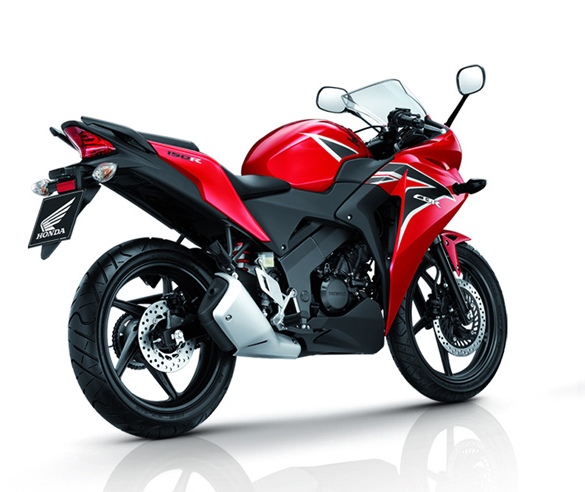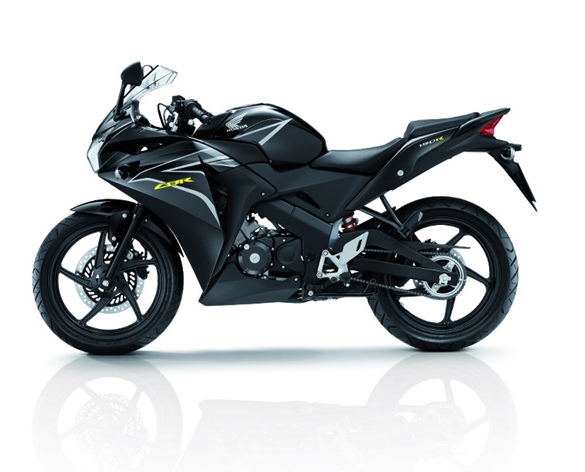Overview of Hero Honda Splendor
Hero Honda’s Splendor brand was introduced in the Indian market in the year 1994 and since then the brand has become a living legend in the motorcycle industry in the country, and indeed across the globe, winning the unwavering trust of the customers. The bike has grown to be synonymous with reliability, performance and value. Since its launch, the Splendor range has been regularly updated to meet customers’ evolving preferences and tastes.
Hero Honda Splendor Pro Launched
Festive seasons are considered an auspicious time for vehicle purchase and Hero Honda dont want to miss this opportunity and they know the importance of the festive season. After the recent launch of the new passion pro and new super splendor they have announced the launch of Splendor Pro with new paint schemes and additional graphics here and there. The new Splendor Pro has been made to cpmply with the Bharat Stage III emission norms.
Features of Hero Honda Splendor Pro
Hero Honda Splendor Pro comes with followind additional features:
- BSIII Compliant 97.2cc engine
- 7.4 Bhp of maximum power
- 7.9 Nm of maximum torque
- Electric start
- Body colored rear view mirrors
- New stylish decals
- Five spoke alloy wheels
- Gets new design for speedometer
- New rear grab handle
- New side indicators with clear lens
- Chrome Heat Shield for Blackened Silencer
Hero Honda Splendor Pro comes with a fuel tank capacity around 11 litres along with 1 litre of fuel reserve. Hero Honda Splendor Pro features a multi reflector halogen bulb fitted in the headlamp for enhanced visibility at night. It also comes with handy pass-light flasher for the comfort of the rider. It is expected that Splendor Pro will return fuel economy of around 65-80 kmpl.
Shades available in Hero Honda Splendor Pro
Splendor Pro is available in seven shades:
- Granite blue
- Black with purple stripe I
- Black with purple stripe II
- Black with purple stripe III
- Black with silver stripe
- Cloud silver
- Candy red
Variants of Hero Honda Splendor Pro
Hero Honda Splendor Pro is available in 2 variants:
- Splendor Pro with kick start and spoke wheels
- Splendor Pro with self start and alloy wheels
Price of Hero Honda Splendor Pro
- Splendor Pro with kick start and spoke wheels - Rs. 40,000
- Splendor Pro with self start and alloy wheels - Rs. 42,000
Hero Honda Splendor Pro is attractively priced at Rs 40,000 (spoke drum kick, ex-showroom Delhi) and Rs 42,000 (spoke drum self, ex-showroom Delhi).
|
| ||||||||||||||||||||||||||||||||||||||||||||||||||||||||||||||||||||||||||||||||||||||||||||||||||||||||||||||||||||||
Hero Honda Splendor Pro











